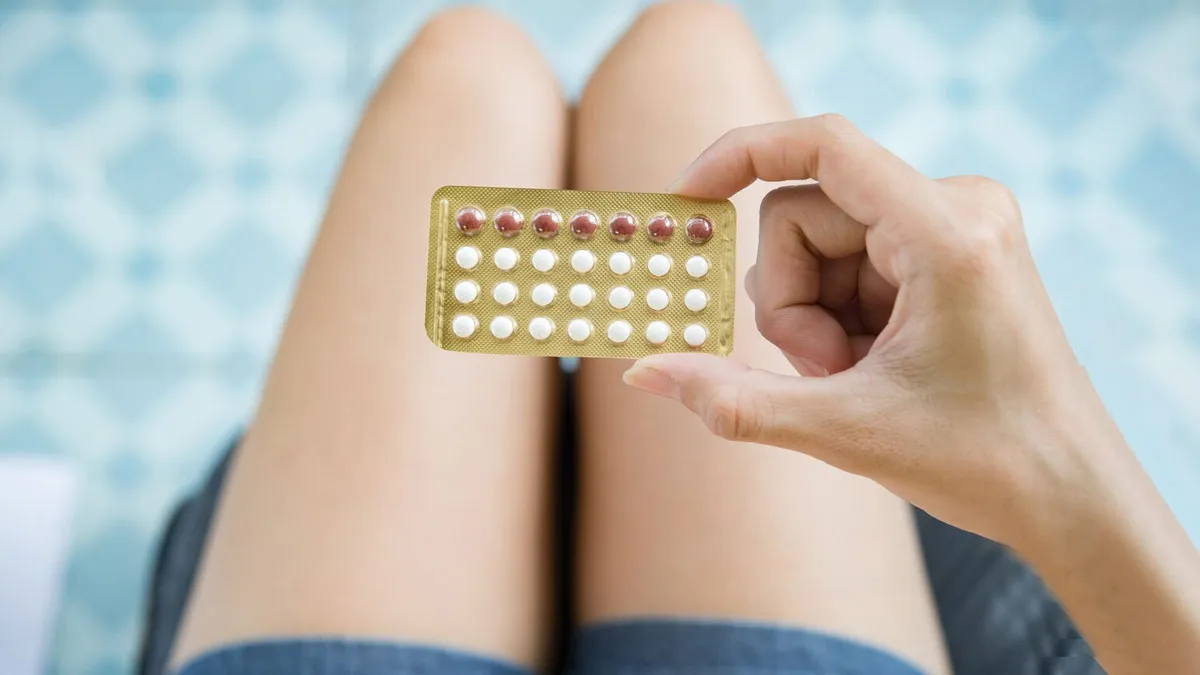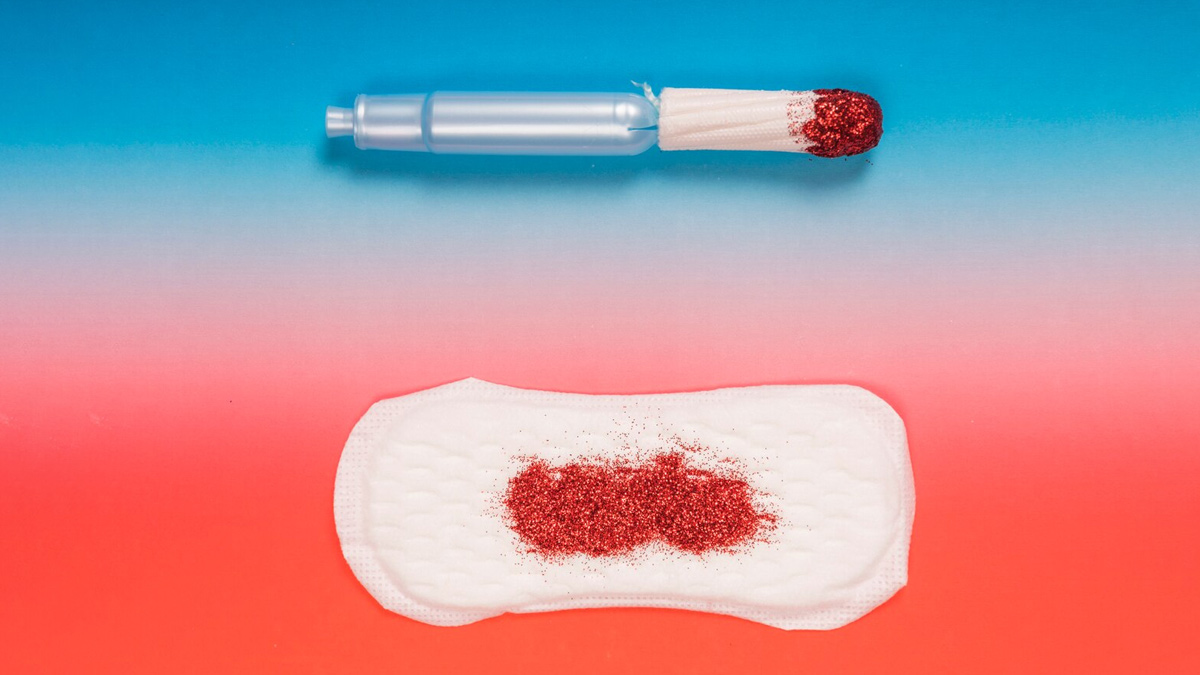
Advancements in medicine have given us greater control over our bodies and more choices than ever before. For women, birth control has been especially beneficial, especially for those who do not wish to have children or are not planning currently. There are in fact several options to choose from. However, birth control, or contraceptives, are not free of side effects, some even increasing the risk of blood clots. To help you more with this complication, here’s what our expert Dr Archana Dhawan Bajaj, Gynaecologist, Obstetrician, and IVF Expert, Nurture IVF Clinic, New Delhi, has to share.
Table of Content:-
Also Read: Misconceptions About Contraception Overshadow The Facts: Expert Dispels Common Myths
Does Birth Control Increase Blood Clot Risk?

According to Dr Bajaj, birth control has long been recognised to raise the risk of blood clots, which afflict approximately ten out of every 10,000 people on oestrogen-containing birth control each year.
While the US Food and Drug Administration (FDA) has not yet reached a conclusion, it remains concerned about the potential increased risk of blood clots with drospirenone-containing birth control pills.
A review of two 2011 studies confirmed this risk, and preliminary results from an FDA-funded study suggest a 1.5-fold higher risk compared to other hormonal contraceptives. The FDA continues to evaluate the findings.
Explaining the reason behind it, Dr Bajaj says, “Some kinds of birth control produce oestrogen, causing your body to believe you are pregnant and preventing a pregnancy. This additional oestrogen stimulates the creation of proteins that aid in blood coagulation.”
“During pregnancy, these clotting factors prevent bleeding during a miscarriage or childbirth. Clotting factors increase the risk of blood clots when using hormonal contraception. The risk varies according to how much oestrogen the body absorbs.
“For the most part, hormonal birth control increases the risk of clots only slightly, and they can use it safely. People with clotting disorders or a history of clots may have a more difficult time deciding whether to use hormonal birth control,” she adds.
Which Types Of Birth Control Carry The Highest Risk Of Blood Clot Formation?

Blood clots are most likely to occur with birth control methods that contain oestrogen, such as hormonal patches, combination pills, and vaginal rings.
Some people are more vulnerable as a result of oestrogen's ability to raise blood clotting factors, particularly those who have a history of clotting disorders, smoking, or other risk factors.
Because patches absorb more oestrogen than pills, there is a higher risk. Talking to your doctor about non-oestrogen options, such as progestin-only pills or Intrauterine Devices (IUDs), is crucial if you're worried about blood clots.
Also Read: Sweet Potato For Vaginal Health: Gynaecologist Explains Benefits
Warning Signs Of Blood Clots For People Who Take Birth Control
Some of the common warning signs of blood clots birth control users should watch out for include:
- Deep vein clot: Sudden leg pain, swelling, or redness (especially in one leg)
- Lung clot: Sharp chest pain, shortness of breath, or rapid heartbeat
- Brain clot: Severe headaches, light-headedness, or vision changes
- Other warning signs: Unexplained arm pain or swelling
Prevention Strategies And Safer Alternatives For Contraception

According to Dr Bajaj, the danger of blood clots with birth control is minimal, but you can take steps to lower it even more, especially if you are at a higher risk than average for blood clots. Some of the strategies include selecting a birth control technique that is less likely to raise the risk of clots; examples include a levonorgestrel IUD, a progestin-only approach such as the norethindrone pill, and an implant. Additionally, if you smoke, try to quit. Smoking cigarettes raises the risk of blood clots for anyone using combined hormonal birth control.
Some safe alternatives to prevent pregnancy include non-hormonal birth control alternatives like copper IUDs and Phexxi, a vaginal gel.
“Barrier methods of birth control, such as exterior (male) and internal (female) condoms, are an excellent choice since they lower the risk of sexually transmitted infections (STIs),” says Dr Bajaj, adding that diaphragms are put at the top of the vagina to prevent unwanted pregnancy when used in conjunction with a spermicide.
Moreover, cervical caps function similarly to diaphragms; however, they must be fitted by a healthcare expert.
Conclusion
If you’re someone who is using a hormonal contraceptive, it is crucial that you check for any signs of blood clot. If you are at a higher risk of developing a blood clot, meaning if you have a history of blood clots, smoke, are obese, and are mostly immobile, you must get yourself assessed by a doctor. Remember, it is crucial to explore your options and consult a doctor for personalised advice.
Also watch this video
How we keep this article up to date:
We work with experts and keep a close eye on the latest in health and wellness. Whenever there is a new research or helpful information, we update our articles with accurate and useful advice.
Current Version